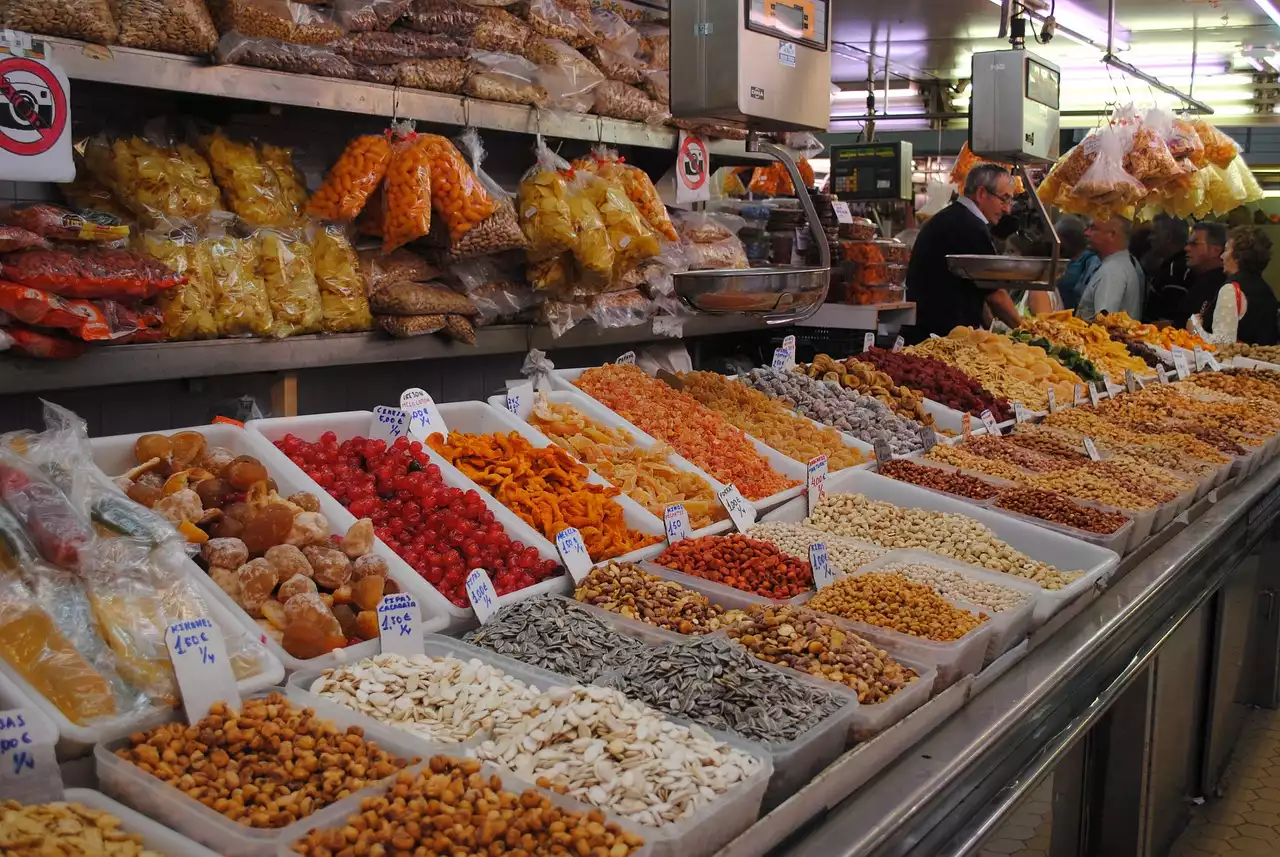India is a country of diversity in many aspects, and its cuisine is no exception. Each region of India has its own unique style of cooking and distinct flavors. From the spicy and rich dishes of North India to the light and healthy fare of the South, and the sweet and sour flavors of the East, the country boasts an extensive culinary heritage. In this article, we explore the distinctive tastes of five regional cuisines of India.
North Indian Cuisine
North Indian cuisine is known for its rich and creamy dishes that are cooked with a variety of spices and herbs. The region is home to many popular dishes, including Butter Chicken, Rogan Josh, and Chole Bhature. The cuisine is heavily influenced by Mughal and Punjabi styles of cooking. Dairy products such as ghee, paneer, and yogurt are also commonly used in dishes.
South Indian Cuisine
South Indian cuisine is characterized by its use of rice, lentils, and spices. The food is generally lighter and healthier than North Indian cuisine, with an emphasis on vegetarian dishes. Popular South Indian dishes include Dosa, Sambar, and Idli. The cuisine is influenced by the Dravidian, Chettinad, and Udupi styles of cooking. Coconut milk and curry leaves are commonly used ingredients in South Indian dishes.
East Indian Cuisine
East Indian cuisine is known for its sweet and sour flavors, with the use of mustard oil, panch phoron, and seafood being prevalent. Popular East Indian dishes include Rasgulla, Chingri Malai Curry, and Litti Chokha. The cuisine is influenced by Bengali, Assamese, and Bihari styles of cooking. The region is also known for its use of seasonal vegetables and wild herbs in cooking.
West Indian Cuisine
West Indian cuisine is a blend of Maharashtrian, Gujarati, and Goan styles of cooking. The cuisine is known for its street food culture and the use of a variety of spices and chutneys. Popular West Indian dishes include Vada Pav, Pav Bhaji, and Dhokla. The cuisine is generally vegetarian-friendly, with coconut, peanuts, and cashews being commonly used ingredients in dishes.
Northeast Indian Cuisine
Northeast Indian cuisine is a relatively unexplored aspect of Indian food culture. The region is known for its use of bamboo shoots, fish, and meat in dishes. Popular Northeast Indian dishes include Momos, Thukpa, and Bamboo Shoot pickle. The cuisine is influenced by Naga, Manipuri, and Arunachali styles of cooking. The use of fermented foods, herbs, and spices in cooking is also prevalent in this region.
India's regional cuisines are a reflection of its rich cultural heritage and diverse geography. From the rich and creamy dishes of North India to the light and healthy fare of South India, each region has its own unique style of cooking and distinct flavors. It is essential to preserve these regional cuisines as they offer a glimpse into India's culinary history and heritage. Whether you are a food lover or a traveler, exploring the unique flavors of India can be a fascinating and rewarding experience.
India is a melting pot of diverse cultures, languages, and religions. Each region of the country has its own unique identity, and this is reflected in its cuisine. The country's varied climate and geography have also played a crucial role in shaping the food culture of each region. From the fertile plains of the North to the tropical coastlines of the South, each region has its own set of ingredients and spices that give its food its unique taste.
One of the most significant influences on Indian cuisine is the Mughal period. The Mughal emperors, who ruled India from the 16th to the 19th century, left an indelible mark on the country's food culture. The rich and creamy dishes of North India, such as Butter Chicken and Rogan Josh, have their roots in Mughlai cuisine. The use of saffron, nuts, and aromatic spices in these dishes is a testament to the Mughals' love for luxury and opulence.
South Indian cuisine, on the other hand, is known for its simplicity and lightness. The cuisine is heavily influenced by the Dravidian style of cooking, which emphasizes the use of rice, lentils, and vegetables. Dosa, Sambar, and Idli are some of the popular dishes of South Indian cuisine. These dishes are healthy, nutritious, and full of flavor. Coconut milk, curry leaves, and tamarind are some of the key ingredients used in South Indian dishes.
East Indian cuisine is unique in that it combines sweet and sour flavors to create a distinctive taste. The use of mustard oil, panch phoron, and seafood is prevalent in the cuisine. The region is known for its love for sweets, and Rasgulla is a popular sweet dish from this region. Chingri Malai Curry, Litti Chokha, and Sondesh are some other popular dishes of East Indian cuisine.
West Indian cuisine is a fusion of Maharashtrian, Gujarati, and Goan styles of cooking. The cuisine is known for its street food culture and the use of a variety of spices and chutneys. Vada Pav, Pav Bhaji, and Dhokla are some of the popular dishes of West Indian cuisine. The use of coconut, peanuts, and cashews in dishes is also prevalent in this region.
Northeast Indian cuisine is relatively unexplored but is gaining popularity among food enthusiasts. The region is known for its use of bamboo shoots, fish, and meat in dishes. Momos, Thukpa, and Bamboo Shoot pickle are some of the popular dishes of Northeast Indian cuisine. The use of fermented foods, herbs, and spices in cooking is also prevalent in this region.
In conclusion, the regional cuisines of India offer a fascinating and diverse culinary experience. Each region has its own unique set of ingredients, flavors, and cooking styles that have been shaped by its history, geography, and culture. It is essential to preserve these regional cuisines as they offer a glimpse into India's rich culinary heritage. Exploring the unique flavors of India's regional cuisines can be a fascinating and rewarding experience for food lovers and travelers alike.










